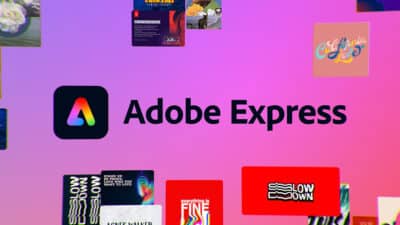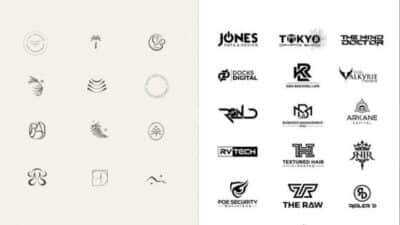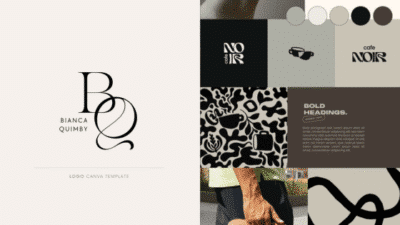Creating a strong ecommerce logo is essential for establishing your brand’s identity and standing out in a competitive market. A well-designed logo helps customers recognize your business quickly and builds trust in your products or services. Your logo should be clear, memorable, and reflective of your brand’s values to effectively connect with your target audience.
Designing your ecommerce logo involves balancing simplicity with uniqueness. It’s important to consider shapes, colors, and fonts that resonate with your niche while maintaining flexibility for use across various platforms. Whether you choose to use templates or hire a designer, prioritizing a logo that works well in different digital environments will support your brand’s growth.
Investing thoughtful effort in your logo design now can save time and resources later by creating a consistent brand image. With accessible tools and design principles, you can create a logo that not only represents your ecommerce business but also adapts to your evolving marketing needs.
Key Takeways
- Your logo should clearly represent your brand and be easy to recognize.
- Design elements must align with your market and be versatile for multiple uses.
- Thoughtful logo creation supports consistent branding and long-term business success.
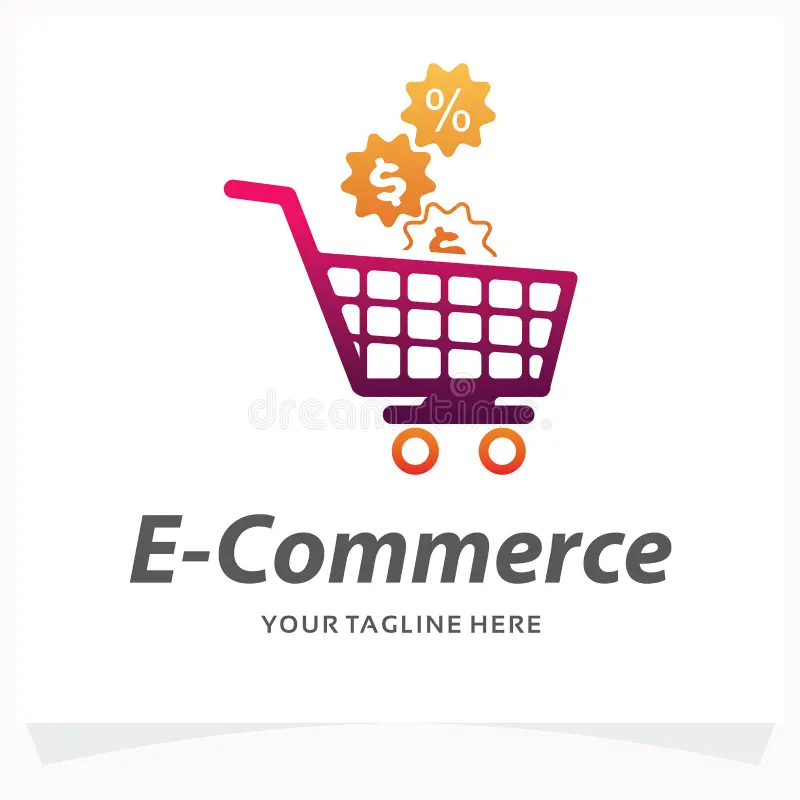
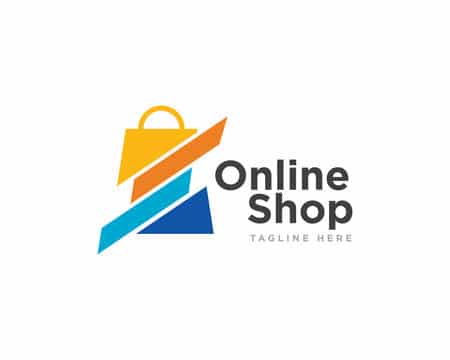
Understanding Ecommerce Logo Design
Your ecommerce logo is a key part of how customers recognize and connect with your brand. It needs to communicate your business values clearly, work well across different platforms, and stand out in a crowded market. These factors are critical for creating a professional logo that supports long-term brand recognition and customer trust.
What Makes a Good Ecommerce Logo
A good ecommerce logo is simple, memorable, and versatile. Simplicity ensures quick recognition, which is crucial when customers browse online stores fast. Avoid complicated designs that require effort to understand.
Your logo should also be unique to differentiate your ecommerce business from competitors. Using distinctive shapes, colors, or fonts helps customers identify your brand easily.
Additionally, professional ecommerce logos maintain scalability—they look good whether on a website, social media, or promotional materials. This adaptability ensures your logo remains clear and effective across various digital and physical formats.
Unique Challenges in Designing for Ecommerce
Designing an ecommerce logo comes with specific challenges. Your logo needs to perform well digitally since most interactions occur online.
You must consider screen sizes and resolutions, ensuring your logo is legible on mobile devices and desktops alike.
Another challenge is creating a logo that conveys trust and professionalism quickly, as buyers rely heavily on visual cues when deciding where to shop online.
Also, your logo should work effectively alongside other ecommerce branding elements, such as product images and website design, maintaining visual harmony.
Key Principles of Effective Logo Design
Effective ecommerce logos follow core design principles. First, clarity is essential: the logo must communicate your brand’s message without confusion.
Second, consistency in color palettes and typography strengthens your brand identity. Choose colors that reflect your ecommerce niche and evoke appropriate emotions (e.g., blue for trust).
Third, your logo must be timeless, avoiding trends that may quickly look outdated. This ensures your ecommerce logo remains relevant as your business grows.
Lastly, ensure your logo is balanced visually, with equal attention to text and symbols, creating a cohesive and aesthetically pleasing design.
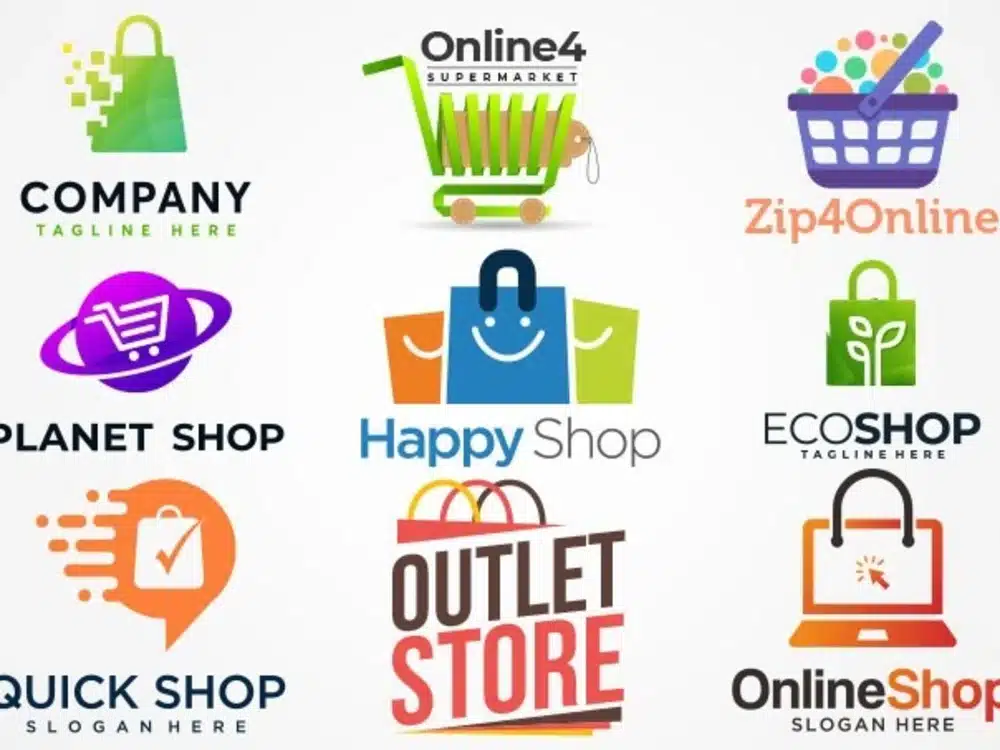
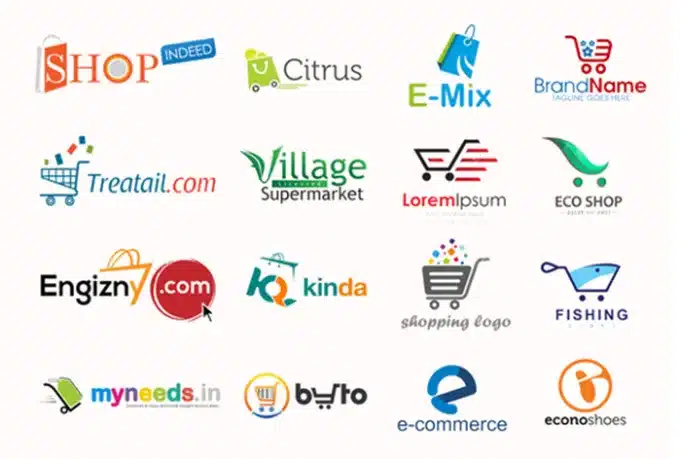
Essential Elements of an Ecommerce Logo
Your ecommerce logo needs to communicate your brand clearly while being adaptable across various platforms. Focus on how typography, design elements, shapes, and colors work together to create recognition and convey your business’s personality.
Typography and Fonts
Choose fonts that reflect your brand’s character and are easy to read at different sizes. Sans-serif fonts often work well for ecommerce logos because they remain clear on digital screens and scale smoothly.
Limit yourself to one or two font styles. Using too many fonts can confuse your message and reduce recognition. Consider font weight and spacing to ensure legibility, especially in smaller sizes like mobile displays.
Consistency in typography supports brand identity. Your font choice should complement your overall logo design and align with your audience’s expectations, whether professional, playful, or modern.
Design Elements and Shapes
Simple shapes and clean graphics help your logo stay memorable and adaptable. Avoid overly complex details that lose clarity when scaled down or printed in black and white.
Shapes can communicate different feelings—circles suggest community and trust, while sharp edges imply efficiency or innovation. Choose shapes that align with your brand values and product offerings.
Incorporate minimalistic design elements that work harmoniously with your typography. Balance between iconography and text ensures your logo remains versatile for various uses, such as website headers, app icons, and packaging.
Color Choices and Brand Personality
Select colors that evoke the right emotions and connect with your target market. Color psychology plays a key role: blue often conveys trust, while red can signal urgency or excitement.
Keep your palette limited to two or three colors to ensure simplicity and cohesion. Too many colors can distract and make your logo harder to reproduce consistently.
Ensure color contrast for readability and accessibility. Test how your logo appears on light and dark backgrounds. Your color choices should reinforce your brand’s personality and stand out in the crowded ecommerce space.
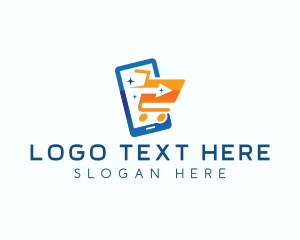
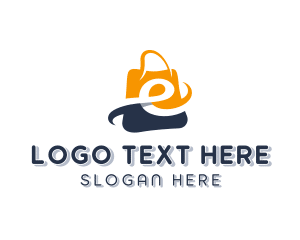
Practical Steps to Create Your Logo
You will begin by brainstorming and refining specific logo ideas that match your brand identity. Next, you’ll explore available logo templates, adjusting them to suit your style and audience. Finally, you can use an ecommerce logo maker tool to streamline the design process and bring your vision to life efficiently.
Generating Logo Ideas
Start by defining your brand’s core attributes: values, target audience, and unique selling points. Use a business name generator if you need inspiration or want to test different brand name variations alongside your logo ideas.
Sketch multiple concepts focusing on iconography, typography, and color. Keep your ideas simple, relevant, and memorable. Research competitors to avoid clichés and to find ways to differentiate your design.
Create a shortlist of ideas that clearly communicate your brand message. This step ensures your logo will connect with your customers and be versatile across media.
Choosing and Customizing Logo Templates
Using ecommerce logo templates saves time but requires careful selection to maintain originality. Look for templates that suit your industry and intended brand tone—whether modern, classic, or playful.
Customize the template by adjusting colors to match your brand palette and select fonts that reflect your brand personality. Replace generic icons with elements unique to your business or modify shapes to enhance distinctiveness.
Keep your logo readable and scalable by testing it in various sizes and backgrounds. Avoid overcrowding the design, and ensure it remains consistent across platforms where it will appear.
Using an Ecommerce Logo Maker
An ecommerce logo maker lets you create your logo quickly through step-by-step guidance. You’ll enter your ecommerce business name and select design styles from a library of options tailored for online stores.
The tool offers customization features such as color schemes, fonts, and icon choices, allowing you to modify templates without advanced design skills. Many also include preview functions for seeing your logo on product packaging, social media, or website mockups.
Review and download multiple formats for versatile use. Some platforms include a business name generator or brand slogan options to complete your branding package.
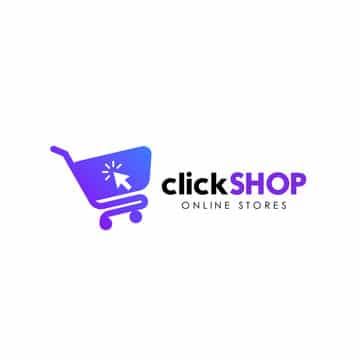
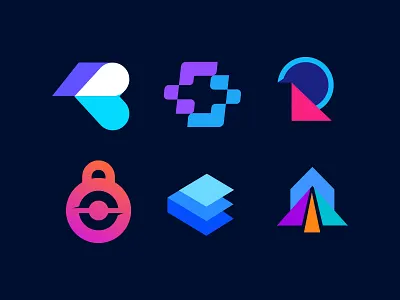
Branding Considerations for Ecommerce Logos
Your ecommerce logo must clearly represent your brand’s identity and resonate with the customers you want to reach. This involves tying your logo to your brand’s story and understanding the preferences, values, and expectations of your target audience.
Aligning Logo With Your Brand Story
Your logo should visually reflect the core elements of your brand story—its values, mission, and personality. Consider colors, fonts, and symbols that express what your business stands for. For example, eco-friendly brands might use green tones and natural imagery.
Maintain consistency by aligning your logo design with existing brand guidelines. This ensures a cohesive look across your website, packaging, and marketing materials. A logo that embodies your brand story builds recognition and trust.
Focus on simplicity and meaningful design. Avoid overly complex logos that dilute your brand message or confuse customers. A clear, authentic logo supports your overall business identity.
Understanding Your Target Audience
Design your logo with your specific audience’s preferences and expectations in mind. Research their demographics, lifestyle, and shopping behavior to choose design elements that appeal directly to them.
For instance, younger audiences might relate more to bold, modern fonts and vibrant colors, while a luxury market may prefer minimalist, elegant design. A mismatch between your logo and audience can weaken brand perception.
Use your logo to communicate key brand attributes that matter most to your customers—whether it’s reliability, affordability, innovation, or friendliness. This connection increases customer loyalty and supports stronger engagement.
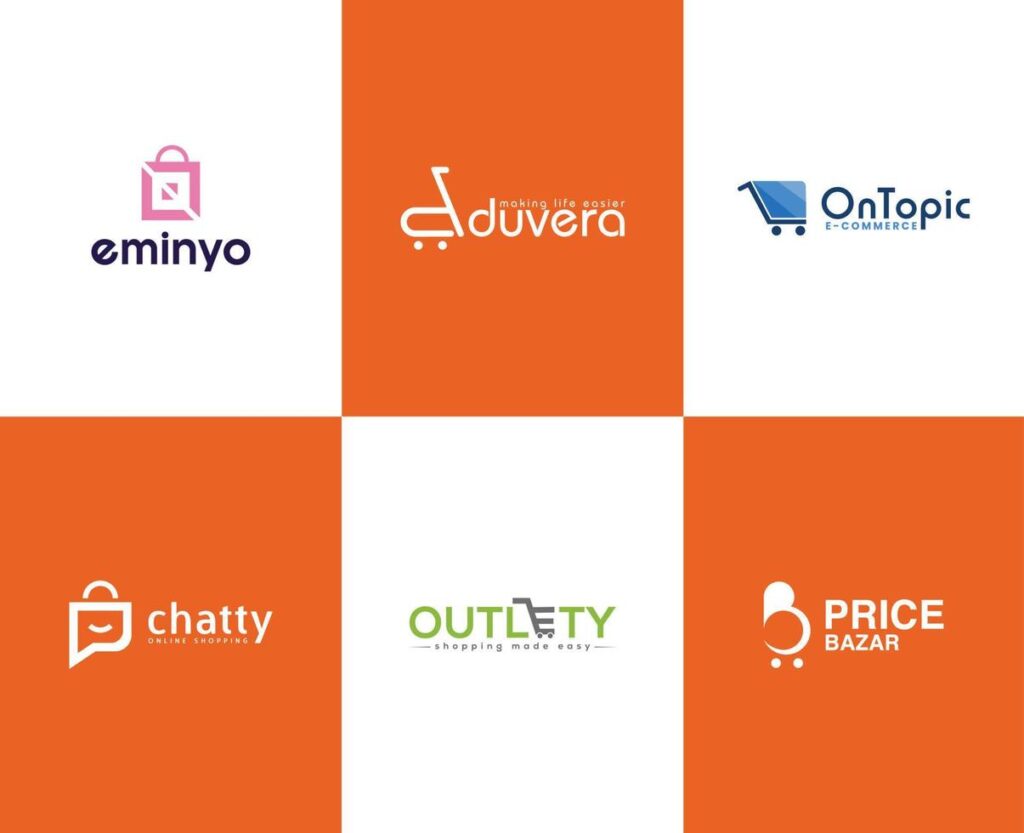
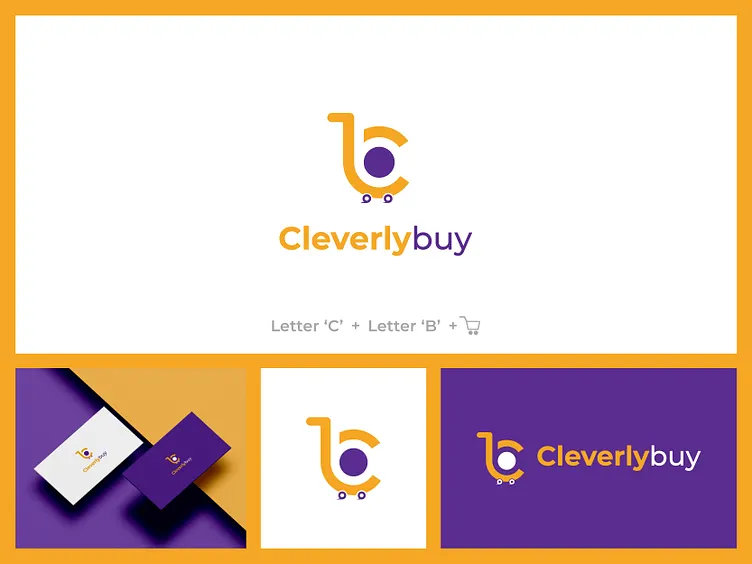
Optimizing and Applying Your Logo
Your logo must look sharp and consistent whether it appears on a website, social media, or printed materials. Paying attention to file quality, adapting to various platforms, and working closely with designers ensures your logo enhances your brand presence effectively.
Ensuring High-Resolution Format
Use high-resolution formats like PNG for your logo to maintain crisp edges and clear details on all screen sizes. For website headers, aim for a width around 2000 pixels, with height between 100-300 pixels depending on your design’s aspect ratio.
Avoid low-resolution files that blur or pixelate when scaled. Transparent backgrounds help your logo blend seamlessly on diverse backgrounds, especially on your online store.
Save multiple sizes: one large for print or desktop, one optimized for mobile, and one thumbnail for icons. This prevents blurry or distorted images across platforms.
Usage on Social Media and Marketing Materials
Your logo should be adaptable for social media profiles, posts, and promotional materials like brochures and business cards. Each platform has specific size requirements—Instagram profile pictures are 320×320 pixels, while Facebook cover photos require wider dimensions.
Keep the logo clear and uncluttered in smaller formats to maintain visibility. Use consistent color schemes and placement to strengthen brand recognition across channels.
Apply your logo uniformly across print materials such as packaging or flyers. Consistency in size, color, and quality builds trust in your brand identity.
Collaborating With Designers
Work closely with your graphic designer to ensure your logo functions well in different uses. Provide clear guidelines on color codes, font choices, and the logo’s minimum size for legibility.
Request editable files like vector formats (SVG, AI) that can be resized without quality loss. This flexibility is critical for adapting your logo to new marketing formats or devices.
Regularly review mockups for web and print to catch any issues early. Effective collaboration helps protect your logo as a valuable brand asset while maximizing its impact.
- 0shares
- Facebook0
- Pinterest0
- Twitter0

